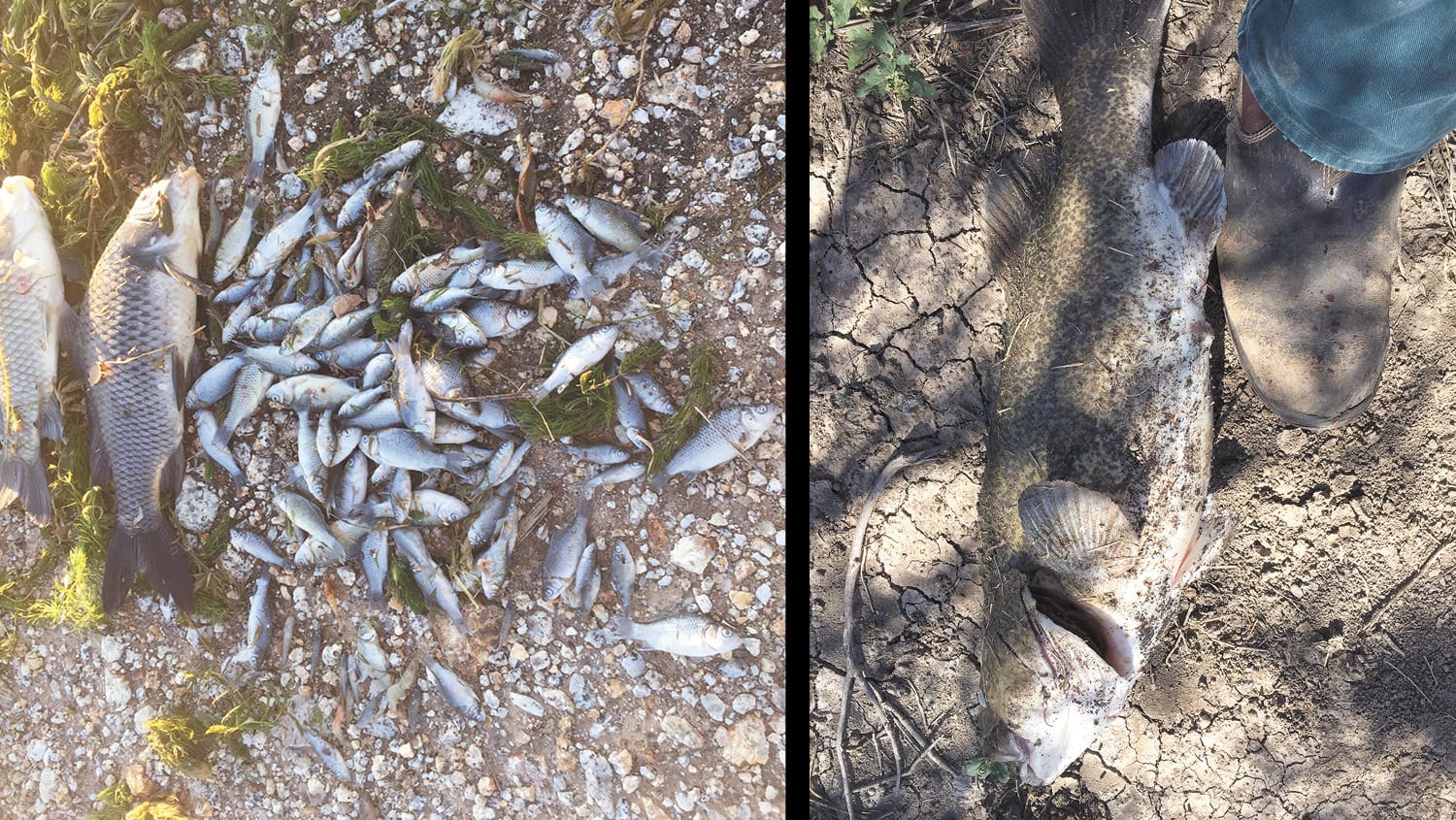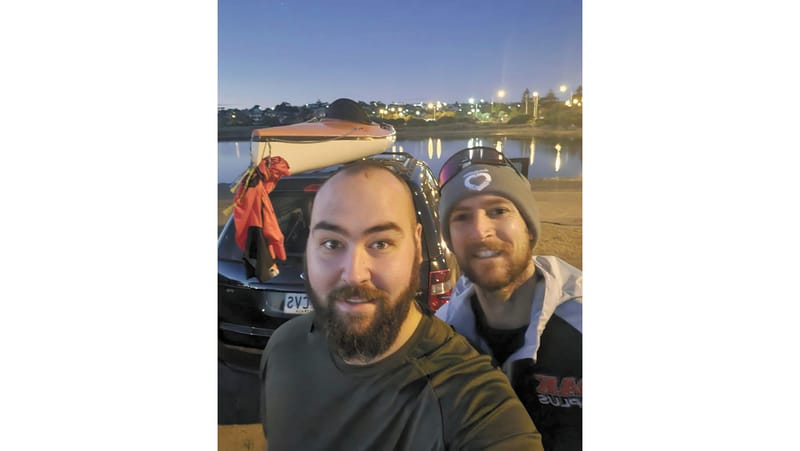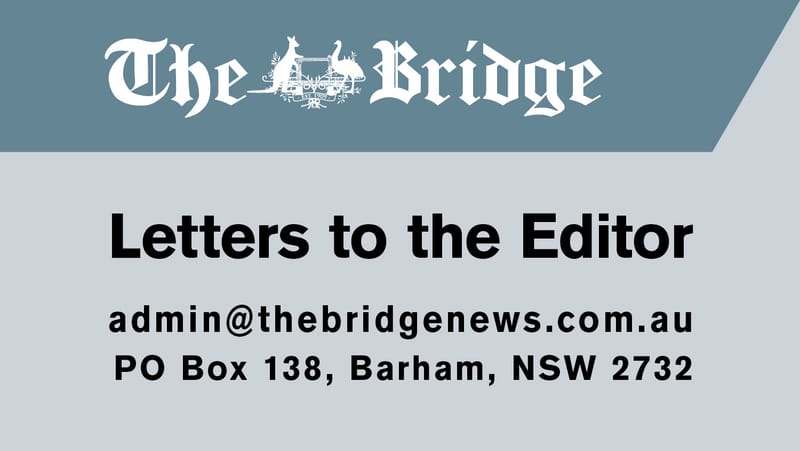Acrolein Release in Channels Reveals First Kill
Goulburn Murray Water has released Acrolein in Torrumbarry channels, near Cohuna, in an effort to control aquatic weeds. Last week GMW west distribution assistant manager Tim Nitschke said the herbicide was harmful to some aquatic life, but after 72...

Goulburn Murray Water has released Acrolein in Torrumbarry channels, near Cohuna, in an effort to control aquatic weeds.
Last week GMW west distribution assistant manager Tim Nitschke said the herbicide was harmful to some aquatic life, but after 72 hours it would break down and the water would be safe again.
“I know it’s used to kill submerged aquatic plants … but I also know that it’s quite toxic to aquatic life — it can kill fish and yabbies,” he said.
“We won’t deny that Acrolein has an impact on fish and yabbies,” Mr Nitschke said.
GMW conducted electrofishing to reduce the impacts on native fish, results of the electrofishing were not available before print.
Central Murray Environmental Floodplain Group wrote to Victorian Water Minister Lisa Neville asking for the release to be halted due to serious concerns of stakeholder engagement, the carcinogenic nature of the chemical, the risk of blue green algae with vegetation breakdown and the effects on birdlife, fish, insects, frogs and snakes.
The chemical release was started on Monday and by lunchtime the death toll had started with sighting small fish including Murray Cod, Bream, and Carp littering the sides of the channels, by Tuesday larger fish including a 50cm cod and deceased ducks had been reported.
Local Mal Johnson is frustrated by what he believes is a lack of good management that led to the use of Acrolein.
“They have known of the spread of aquatics weeds like Hornwort for years.
“It beggars belief that we ignore tried and true methods like winter dry down, enabling the frost to kill the weed burden and instead reach for the most destructive tool in the arsenal.”
Ecologist Damien Cook also expressed concern over the plan to use Acrolein.
“Ecologically it’s not a great solution to the problem of trying to clear the channels and a lot of the stuff they are killing is actually indigenous wetlands vegetation.”
Mr Cook said the channels provided an important habitat for the Murray-Darling Basin’s struggling ecosystem.
“A lot of the wetlands along the Murray Darling Basin have had their hydrology modified, so they don’t flood nearly as often as they used to,” he said.
“So those artificial wetlands – like irrigation channels – are an important habitat.”
What do we want for the ecology of Northern Victoria?
The recent pummelling under the untouchable Murray Darling Basin Plan has seen the removal of thousands of hectares of on farm production that sustained life, to the t multibillion dollar Northern Victorian irrigation upgrade scheme. Under the program almost 2,000km of what were essentially gravity fed, wildlife corridors, providing watering points and delivering cost-effective water to farmers is now a system of plastic lining and piping, requiring the removal of every tree, bush and blade of grass from the once healthy habitat, not to mention the drowning of most wildlife that attempt to drink from the plastic lined ecological desert.
That must be the progress?





